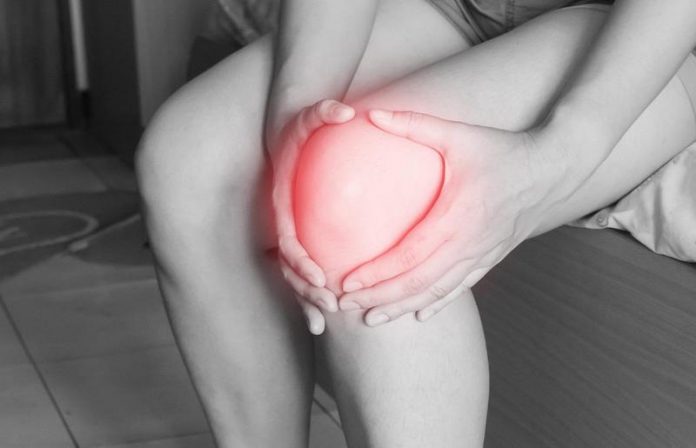
Rheumatoid arthritis (RA) is a chronic (long-lasting) inflammatory disease that mostly affects joints. RA causes pain, swelling, stiffness, and loss of function in joints.
It is an autoimmune disorder because the immune system attacks the healthy joint tissues. Normally, the immune system helps protect the body from infection and disease.
Additional features of rheumatoid arthritis can include the following.
It affects the lining of the joints, which damages the tissue that covers the ends of the bones in a joint.
RA occurs in a symmetrical pattern, meaning that if one knee or hand has the condition, the other hand or knee does, too.
It affects the joints in the wrist, hands, feet, spine, knees, and jaw.
RA may cause fatigue, occasional fevers, and a loss of appetite.
RA may cause medical problems outside of the joints, in areas such as the heart, lungs, blood, nerves, eyes, and skin.
Fortunately, current treatments can help people with the disease to lead productive lives.
What happens in rheumatoid arthritis?
Doctors do not know why the immune system attacks joint tissues. However, they do know that when a series of events occurs, rheumatoid arthritis can develop. This series of events includes:
A combination of genes and exposure to environmental factors starts the development of RA.
The immune system may be activated years before symptoms appear.
The start of the autoimmune process may happen in other areas of the body, but the impact of the immune malfunction settles in the joints.
Immune cells cause inflammation in the inner lining of the joint, called the synovium.
This inflammation becomes chronic, and the synovium thickens due to an increase of cells, production of proteins, and other factors in the joint, which can lead to pain, redness, and warmth.
As RA progresses, the thickened and inflamed synovium pushes further into the joint and destroys the cartilage and bone within the joint.
As the joint capsule stretches, the forces cause changes within the joint structure.
The surrounding muscles, ligaments, and tendons that support and stabilize the joint become weak over time and do not work as well. This can lead to more pain and joint damage, and problems using the affected joint.
Who Gets Rheumatoid Arthritis?
You are more likely to get rheumatoid arthritis if you have certain risk factors. These include:
Age. The disease can happen at any age; however, the risk for developing rheumatoid arthritis increases with age. Children and younger teenagers may be diagnosed with juvenile idiopathic arthritis, a condition related to rheumatoid arthritis.
Sex. Rheumatoid arthritis is more common among women than men. About two to three times as many women as men have the disease. Researchers think that the female hormone estrogen may play a role in the development of the disease for some women.
Family history and genetics. If a family member has RA, you may be more likely to develop the disease.
Smoking. Research shows that people who smoke over a long period of time are at an increased risk of getting rheumatoid arthritis. For people who continue to smoke, the disease may be more severe.
Obesity. Some research shows that being obese may increase your risk for the disease as well as limit how much the disease can be improved.
Periodontitis. Gum disease may be associated with the risk of RA.
If you care about arthritis, please read studies about arthritis drugs linked to lower risk of Parkinson’s disease, and a natural treatment for rheumatoid arthritis.
For more information about arthritis, please see recent studies about extra virgin olive oil for arthritis, and results showing some arthritis drugs may reduce COVID-19 vaccine effectiveness.



